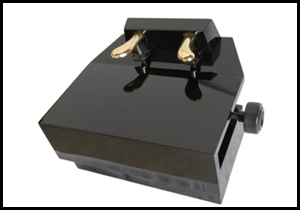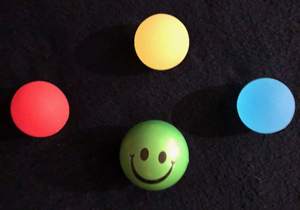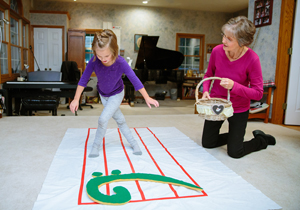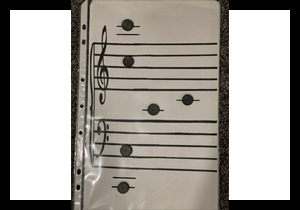Highlights from the "Piano in Action" method
"Piano in Action" is a music reading piano method, developed by Sherry VanOveren. This unique series of four books takes the student on a music and piano learning adventure that uses "Action" in the form of music games and activities. These games enhance the students' ability to learn musical concepts and build finger muscle and independence required for excellent piano musicianship and technique. Students as young as four and a half have been successful using this method. The name, "Piano in Action", also refers to the students being active in the community with their music. Each winter they play for a retirement community and visit with the seniors after the performance. Every spring, the students perform in a Benefit Recital for Feeding America. Over the course of several years, students have raised over $12,000 for this vital community outreach program. That is why we are called "Piano in Action" at home and in the world!Below are a few of the concepts used in the first book.
-
This is the Primary chord I, IV, V7, I cadence in F Major. Notice the relaxed arm and wrist.Primary Chord
-
Keep your heel down.Toe Taps
-
RH thumb on C/ LH 5 on C. Play hands alone first with curved fingers and relaxed arm.Waves are Rolling
-
Finger StrengtheningBall Buddy Squeezes
-
Finger TrainingMissing Teeth
-
Finger StrengtheningBuddy Bites
-
"I Like Eating Mac 'N' Cheese From a Box"Toss N Play
-
Animal Sounds and TicksMetronome
-
Finger TrainingJaws
-
Play on the finger tips with relaxed arms.Apple Butter
- Students will learn to identify and play six Cats (C's) on the staff and with ledger lines. Even the youngest children find this easy because of the cat story that belongs to each note. Limiting the students' exposure to these "Cat" notes frees them to move around the piano without being confined to one location as in a Middle C approach. This method allows for greater focus on finger strength and independence games, counting and dynamics games and the introduction to the first steps in composition.
-
The young student will use a Piano Pedal Assistant which accommodates short legs that cannot reach the pedals yet. With this method, young students are capable of learning to use the pedal to connect notes smoothly with legato pedaling. This is accomplished by first developing foot and leg strength using pedal games such as Toe Taps, Holding Counts and Power Pushes.
-
Students of ALL ages LOVE the Ball Buddies which are used to build finger strength and independence. Squeezes help develop the finger muscles. Ball Buddies improve finger number recognition and finger isolation. Missing Teeth improves finger independence. The Ball Buddies exercises also work well for adult students and seniors who need to strengthen and limber up fingers.
- Line Twister is an engaging way for young children to use their entire body to learn the order of staff lines (and spaces in the Space Twister game). This knowledge helps with note location and identification on the staff and piano keys.
- The magnet board and round magnets used as notes, have multiple uses: finding the six C's on the staff, learning intervals of 2nds and 3rds, working with rhythms, accidentals and more. The magnet board games use several different card stock cubes which are tossed back and forth between student and teacher or parent. These are used to help focus on various musical concepts. Chance plays a big part in these games which results in a different outcome every time. This is a fantastic way to improve sight-reading skills!
- What youth or adult can resist a snack - especially after a long day at school or work? Snacks, which can be eaten while waiting for a lesson or after the lesson is done, are often organic. Some snacks are gluten-free, keeping in mind the needs of the students. Water is always available before, during and after the lesson. Water has been proven to increase brain focus and function and has been found to reduce stress.






